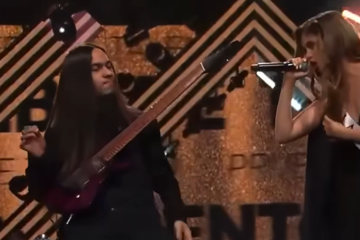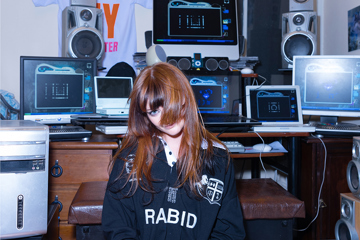Edward II
"The audience was thrilled at the ride."

The play begins with the fateful announcement: "The king is dead. Long live the king!" Edward II is ushered into the role that will obliterate the court, himself, his family, and his country.
Christopher Marlowe's Edward II rings tragedy from its outset. The stage is set with two marble plinths and backed by four black walls — each a mobile trap that will frustrate Edward time and again in his pursuit of happiness. These walls and plinths offer entrances and exits for Edward's lovers and enemies but seem (at times literally) to entrap him among them. He is a king without autonomy. He is a king trapped among palace walls, walls that he himself has erected.
Happiness for him lies in the arms of his lover, the common Gaveston. Julian Garner (Edward II) and Michael Whalley (Gaveston) fill the stage with their torrid, charged homosexual affair. When they are together the audience writhes in their seats, disquieted at the infectious, lascivious exchange between the two, afear'd at the path which the King's wanton disregard for his barons, his duty, and the law point him down. The conflict between love and duty, between the personal and the public, and between competing power structures is painted in great visceral strokes. Terry Karabelas' direction offers a vision that transcends time locales. This contemporisation is a boon to the play's action, and it drips of the private desires that corrupt the political sphere even now. Edward's mind deteriorates. Executions are rife. Lovers are traded as necessity begs. England is a great ship heading for the edge of the world and sure to fall off it. And the audience was thrilled at the ride.
Don't miss a beat with our FREE daily newsletter







